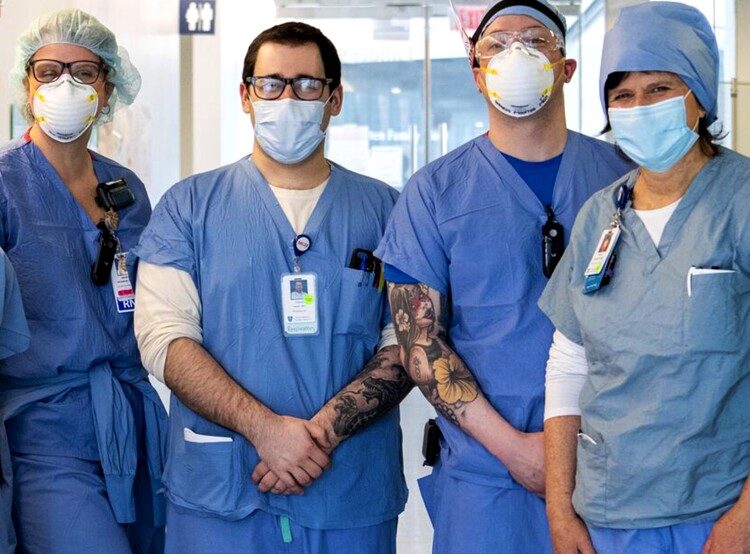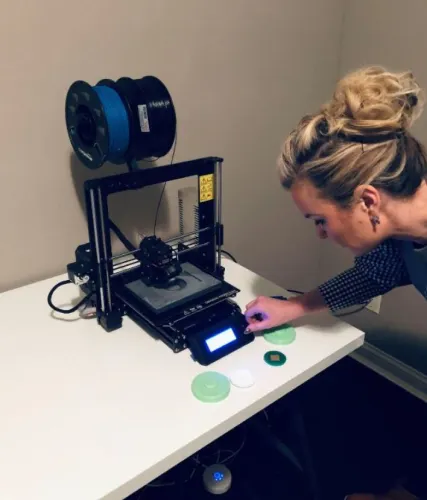How does nurse-led innovation come to life?
Embracing a need for change. Clearly defining the problem. Experimentation. Collaborative thinking that breaks down the norm. All of these are critical parts of the innovation process. But knowing where to start can lead to more questions than answers — especially in a complex industry like healthcare. Luckily, there are many nurse innovators who have already paved a way.
Here are examples of nurse-led innovations that have made an impact on healthcare for the better, and a breakdown of the process it takes to bring these solutions to life.
Because it’s not just about developing a new gizmo or gadget. It’s about creating new models of care, safety practices, more efficient processes — and even innovations that tackle social challenges to improve patient outcomes.














Where do you begin?
While it might be easy to recognize an idea, figuring out what to do next can feel overwhelming. Find out how Nurse Innovation Hackathons can help. You can also apply the Design Thinking process — a solution-based approach to solving complex problems — that many healthcare innovators use.
Learn from Nurse Innovators
- 01
- 02
- 03
- 04
- 05

Learn the business of healthcare. Don't be scared of finance, strategy, operations, or entrepreneurship because it will give you the skill sets you need to be able to sit at the table in the boardroom, and drive forward the transformational change that is needed to be led by nursing."

For over 17 years, nurses have been identified as the most trusted profession, but we don’t have the same level of influence. We need to figure out how to leverage this trust… With these challenges come great opportunities to create the future of nursing, instead of letting it happen to us. This is the time to be more innovative than ever before."

One of the best things nurses can do is become aware of the role of design in delivering care, and that, just because something has been designed a particular way because it’s how it has always been, doesn’t mean that it cannot be improved."

It’s incredible for nurses to learn the language of entrepreneurship, the process behind creating and commercializing an idea, developing a business plan, and more. I think a big barrier for nurses in innovation is that they don’t know what they don’t know, and providing mentorship to nurses is vital to helping them and future nurses succeed."

Innovation is not an elitist sport. It is not for people with fancy titles. In fact, we know that innovation is most impactful when it is initiated by those in the frontlines. When you involve the people in the frontlines and empower them to solve problems, they most often come up with elegant solutions that are incredibly cost-effective."
- Where do you begin?“Design Thinking, ” Stanford D School – Approach, “The 5 Steps to Implementing Innovation,” “How to Pitch Healthcare Systems/1776 VC” “Innovations Roadmap”.
- Types of InnovationReferences: BC and ANA site language provided by JnJ team




